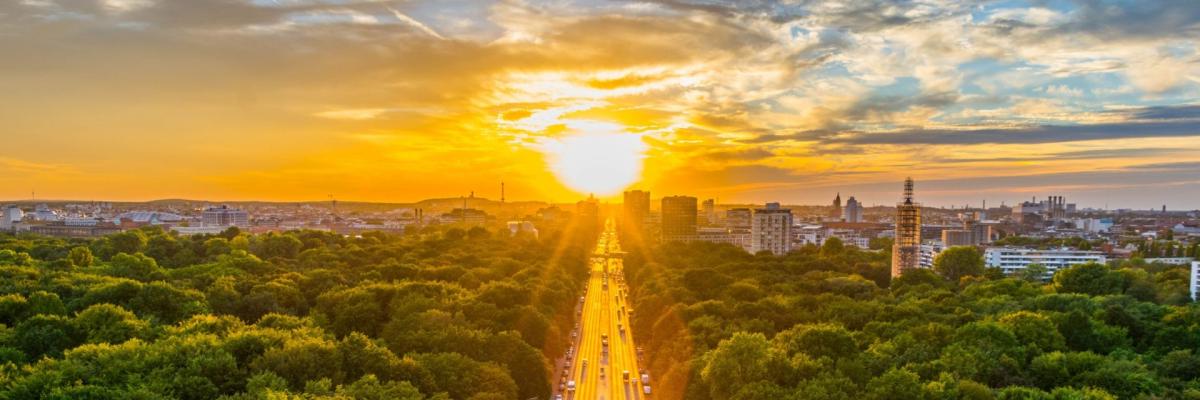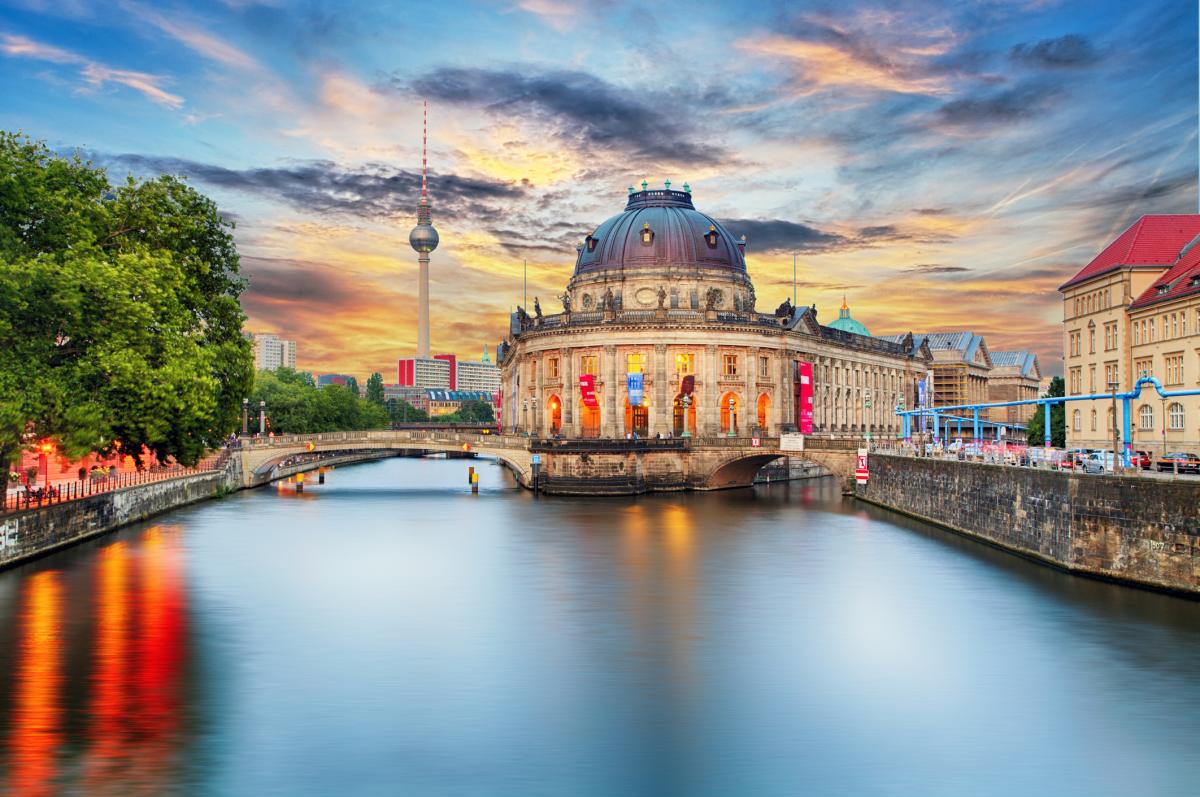How Cities Are Counteracting Climate Change, One Heat Wave at a Time
by Emma Kantrowitz
CBRE Blueprint | Play of the Land
When temperatures in the city reached 98 degrees Fahrenheit on Saturday, July 8, 2017, Los Angeles broke a 131-year-old record high temperature for the date, which had previously been set in 1886. In Berlin, a new record was set in August when temperatures clocked in at 102 degrees Fahrenheit. And in a small town in northwest India, Phalodi in Rajasthan, a new record was reached: a searing 123.8 degrees Fahrenheit. Perhaps most disconcerting, these records were set in the last three years, during some of the hottest summers and heat waves in recorded history.
As global cities struggle with how to handle rising temperatures, as well as other side effects of climate change, some are implementing small changes that can have a big impact. Take Los Angeles, for instance.
The definition of an urban heat island is a built-up area that is significantly hotter than its surrounding rural areas. More specifically, according to the United States Environmental Protection Agency, “The annual mean air temperature of a city with one million people or more can be 1.8–5.4 degrees Fahrenheit (1–3 degrees Celsius) warmer than its surroundings. In the evening, the difference can be as high as 22 degrees Fahrenheit (12 degrees Celsius).” For a city like Los Angeles, where there is little rain, plenty of asphalt and the urban core is surrounded by nearby deserts, the heat island effect can have a staggering impact.
Scientists believe that if nothing is done to counter the increasing effects of climate change, downtown Los Angeles could experience 22 days of extreme heat (classified as those over 95 degrees Fahrenheit) by 2050, compared to an average of just six days of extreme heat per year between 1981 and 2000.
Though the change in overall climate over the last 30 years plays a large role in the rising temperatures, the heat is amplified by the city itself. With much of the sprawling metropolis covered in dark pavement and dark colored roofs, the sun’s radiation is absorbed, warming the asphalt and, in turn, the surrounding air. That’s why, when it came time to develop a plan to combat the effects of climate change, the city decided to deal with the asphalt problem first.
In 2015, the city painted an Encino parking lot light grey, covering the asphalt with a liquid substance called CoolSeal, a coating that reflects the sun’s rays. The surface was around 11 degrees cooler than the surrounding pavement, according to the Los Angeles Times.
“We found that, on average, the area covered in CoolSeal is 10 degrees cooler than black asphalt on the same parking lot,” Greg Spotts, assistant director of the Los Angeles Bureau of Street Services, told The Washington Post. “We thought it was really interesting. It’s almost like treated asphalt warms at a lower rate.”
So far, the city has painted over designated streets in nearly all its districts and will test temperature fluctuations throughout the fall to determine whether to continue the program.
“We think that more than 10 percent of the city is asphalt—that’s 69,000 city blocks,” Spotts continued. “There’ve been estimates that suggest covering a third of the city’s pavement with cooler materials might be able to move the needle on the city’s temperature.”
In India, moving the thermometer’s mercury will take a monumental effort. Researchers and the Indian government are making headway by seeking to reduce the thermal comfort standard: the temperature to which office building air-conditioning is set. The American Society of Heating, Refrigerating and Air-Conditioning Engineers sets the thermal comfort standard somewhere between 67 and 82 degrees Fahrenheit, depending on the season. For India, researchers suggest that by raising indoor temperatures, buildings can save energy and, in turn, reduce the amount of heat being expelled into the environment from constantly in-use air-conditioning units.
“The premise was that occupants in buildings in India are very different from occupants in Europe or the U.S., which is where the international standards come from,” CEPT University researcher Sanyogita Manu told The Verge. “We didn’t have a thermal comfort model of our own.”
In other areas of the world, where the effects of climate change aren’t as immediately felt, municipalities are still working to put plans in place for potential future impact. In Berlin, though the threat isn’t as tangible as rising water levels or unlivable heat, officials are focusing on long-term effects and trying to prepare accordingly.
According to an estimate published in a recently released executive summary from the Berlin Senate Department for Urban Development and the Environment, Berlin’s climate in 2100 could resemble today’s climate in Toulouse, a city in southern France. The two cities are approximately 1,060 miles apart.
“Adaptation or mitigation, which is a priority in facing climate change risks? The unequivocal answer is: both,” said Hans Joachim Schellnhuber, director of the Potsdam-Institute for Climate Impacts Research, in the Adapting to the Impacts of Climate Change in Berlin executive summary. “Climate change is a global reality already today, even in Germany. Heat waves and extreme rain events are increasing. Without adaptation, the consequences of climate change in Berlin would lead to considerable damages.”
And in the Netherlands, one team of researchers is trying to make sustainable adaptation easy and visually appealing. A finalist in the Post Fossil City urban futures competition created photovoltaic pergolas; essentially small, solar absorbing panels that can be placed atop any public space throughout a city, providing solar powered streetlights and other forms of sustainable energy. Adaptation and mitigation, at its finest.




